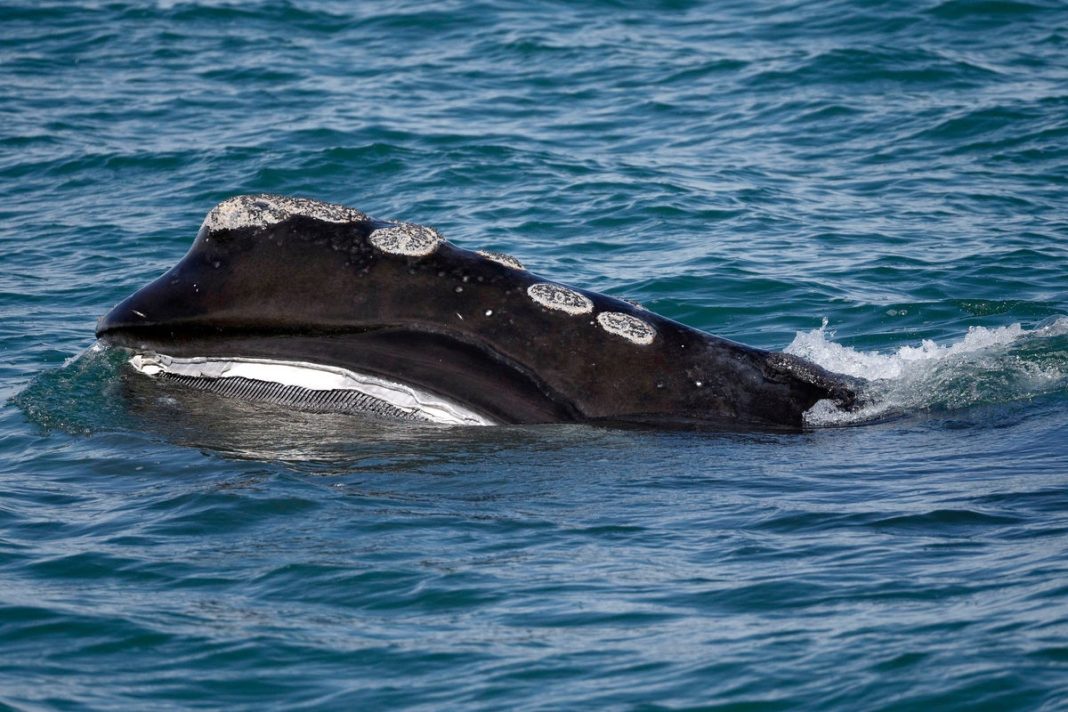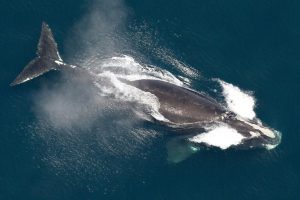Key Takeaways
- North Atlantic right whale population grows to 384 individuals, up by 8 from last year
- First sustained growth trend in four years after decade-long decline
- Zero mortalities recorded alongside encouraging reproductive signs
- Conservation measures in Canada’s Gulf of St. Lawrence credited for progress
One of the world’s rarest whale species is showing promising signs of recovery, with the North Atlantic right whale population reaching 384 individuals – an increase of eight whales from the previous year. Scientists report this marks the continuation of slow but steady growth observed over the past four years, offering hope for a species that had declined by approximately 25% between 2010 and 2020.
Conservation Efforts Paying Off
The positive trend follows intensive conservation efforts focused on protecting the whales from their two greatest threats: ship collisions and entanglement in fishing gear. Philip Hamilton, a senior scientist at the New England Aquarium’s Anderson Cabot Center for Ocean Life, stated that the recovery is “a testament to the importance of conservation measures.”
New management measures in Canada’s Gulf of St. Lawrence have been particularly crucial, Hamilton noted, as whales have increasingly frequented these waters.
“We know that a modest increase every year, if we can sustain it, will lead to population growth,” Hamilton said. “It’s just whether or not we can sustain it.”
Reproductive Breakthroughs Offer Hope
While scientists caution that the whales still face significant threats, there are encouraging signs in reproduction – a longstanding concern. This year saw four mother whales having calves for the first time, and established mothers showed shorter intervals between calves.
Although the total of 11 calves born was lower than researchers hoped, the entry of new females into the reproductive pool represents significant progress. The fact that this occurred alongside zero detected mortalities makes the reproductive gains particularly valuable.
“The slight increase in the population estimate, coupled with no detected mortalities and fewer detected injuries than in the last several years, leaves us cautiously optimistic about the future of North Atlantic right whales,” said Heather Pettis, who leads the right whale research program at Cabot Center. “What we’ve seen before is this population can turn on a dime.”
Ongoing Challenges and Climate Impact
The whales continue to face challenges, including from warming oceans that force them to stray from protected areas in search of food. Their annual migration from calving grounds off Florida and Georgia to feeding grounds off New England and Canada remains perilous.
Despite federal protection for decades, the species still bears the legacy of commercial whaling that nearly drove them to extinction. Scientists emphasize that sustained conservation efforts will be crucial to maintain the current positive trajectory.





